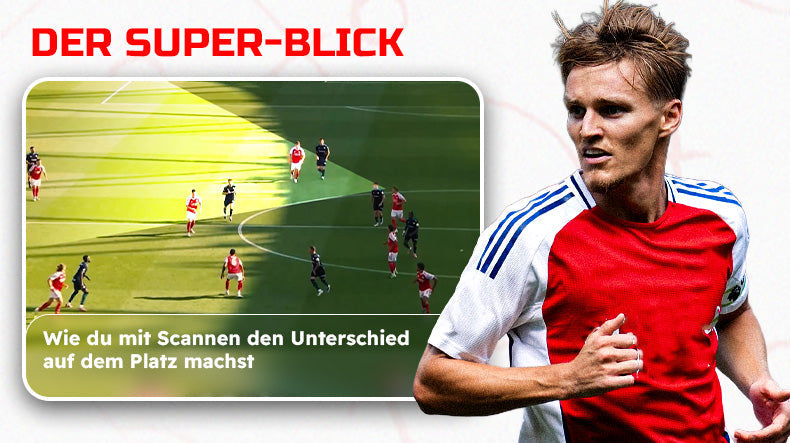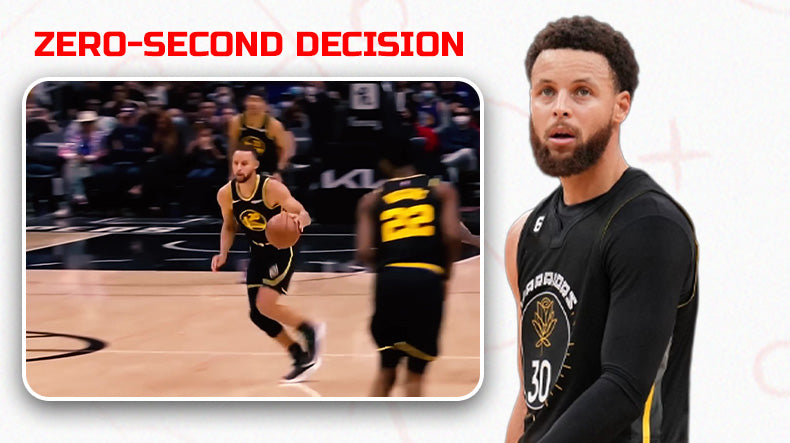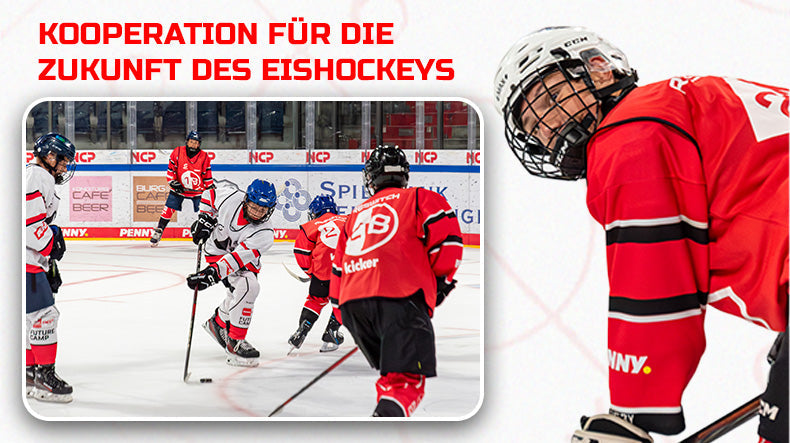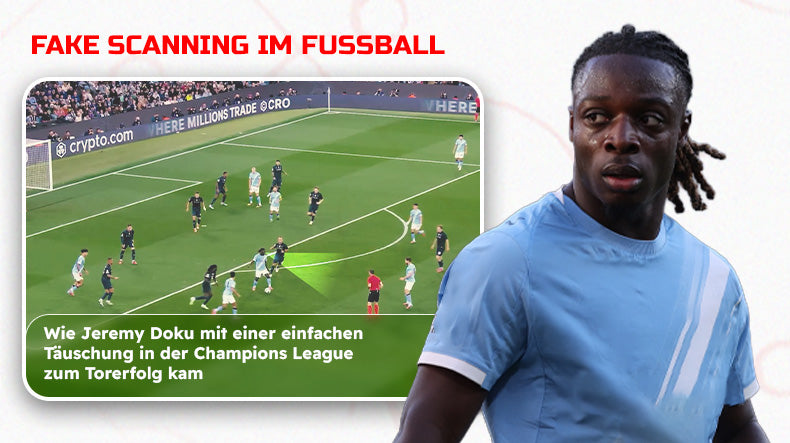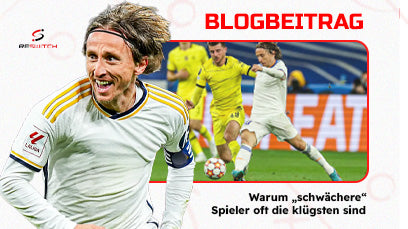Topic: “Identification of quick-acting players”
A guest article by Gerhard Waldhart, video analyst, SKN St. Pölten
Professional football is characterised by a very high pace of play. The overall demands on today's footballer 2.0, in movement with and without the ball, as quickly as possible and in a controlled manner, have increased considerably in their individual aspects.
In attacking play in particular, quick action is a basic requirement for successfully asserting oneself against increasingly active pressing and playing in a minority. This development can also be clearly demonstrated by looking at top teams and international football.
The ability to be fast and to act quickly is becoming increasingly important in terms of physical performance requirements. Raymund Verheijen (2000), who compiled speed statistics for Dutch professionals, was certain that the pace of the game increases the higher the league in football. This requires each individual player to act very quickly. The main issue is not the speed of the action, but rather the early recognition of the right moment for it.
In football, the speed of action
“ the ability (understood) to act as quickly and accurately as possible in a situation-specific manner based on visual, mental, technical-tactical and conditional possibilities” (Bisanz & Gerisch, 2008, p.186)
The quality of the speed of action is determined not only by energetic and neuromuscular requirements (speed) but also by the best possible technical and tactical implementation (accuracy). Motivational (confidence in success, will to win) and emotional aspects (uncertainty, fear) play an important role (Weineck, 2004)
In short...Short time windows ensure quick goals
Using the example of switching behavior in the professional field, studies prove the importance of quickly switching from defense to offense and vice versa. If you look at the game in the offense, there are very good opportunities immediately after winning the ball to take advantage of the short-term disorganization of the opposing team with a quick and goal-oriented attack situation.
In defensive play, however, it is important to keep the window of time in which you are disorganized after losing the ball as short as possible. Regardless of whether immediate counter-pressing is possible or your team initially drops back to act out of the basic formation, extremely quick rethinking is always an essential requirement. These elements can be trained early on in junior players, especially with regard to speed of action.
Prerequisite for decision-making
In order for a player to be able to act at all, he must recognize that action is needed. Thus, the speed of perception is a fundamental factor for further follow-up actions. A supported skill is the ability to anticipate a game situation. In the language of coaches, we say that a player must " read the situation ."
The speed of anticipation is responsible for making a better and faster assessment of the situation - and depends largely on the player's experience. This means that the player must have been in the exact or a similar situation in order to be able to react/act correctly.
Once this special game situation has been perceived, known in technical jargon as “anticipatory” , the next step is to make a decision as quickly as possible. The speed of the decision clearly depends on how many alternative courses of action a player knows and can master.
In addition to cognitive ability, the speed of action is closely linked to physical requirements, i.e. it also depends on the ability to accelerate and move quickly.
Superstars of tomorrow?
The football market is currently being flooded with huge amounts of money, transfer fees are exploding. Players who were unknown yesterday are suddenly worth millions. This naturally prompts many clubs to look for young, unknown players.
There is a significant difference between scouting adult football, where you look for specific positions with the corresponding qualities, and scouting youth players. When scouting youth players, the prospects are not tied to positions, but rather you look for special skills that a young player should have, such as speed of action.
The components of speed of action explained above can be trained regularly in childhood and adolescence. Basic training (kindergarten to E-youth) should be used to harness the tireless urge to move for forms of play. But reaction training through the use of suitable training forms, with simple reactions and new decisions to be made, is also very important.
These coordination skills are also a mandatory part of training in the “golden age of learning” with elements leading to speed of action.
As described in more detail above, the player should, among other things, demonstrate speed of action in all of the facets described, or at least give an impression of it. However, there are clubs that train in a system-oriented and position-specific manner, and where the young up-and-coming footballer's personal abilities are often neglected.
This becomes apparent in transfers, where players struggle to settle at a new club.
The game with the bare numbers and scenes
"Football is not mathematics," said the chairman of FC Bayern Munich, Karl-Heinz Rummenigge, in 2007. Good old scouting, where experts used to roam the stands with pen and paper, seems to have reached its limits. Analysis tools are becoming increasingly important in scouting, as the development of these tools has advanced a long way, allowing you to get a good picture of players at the touch of a button.
High-resolution cameras record a variety of individual scenes in the stadiums and training centers and round off the impression you get on site.
Live observation the basis of scouting?
The scout sees most of it in live observation, not only in the game, but also in training sessions. Of course, you watch videos of the player beforehand to get a first impression. This also includes aspects of speed of action, which is relevant to today's topic. To be more precise:
Can the respective player, depending on the position, react/act quickly to the respective situation (see Figure 1) or read the situation. I personally observe the player on site for a week, for example, that is, one or two games and several training sessions, then a report is made with video sequences of the respective player with my initial assessment. If the club continues to express interest, a detailed report is made about the respective player including data and facts.
Talent alone does not make a professional!!
Talent combined with a high degree of speed of action is no guarantee for a career in professional football. For me, the greatest potential lies in the attitude towards being a professional and the indispensable will to do more than others. The sum of all the issues, including those that have not been discussed here, such as tactical understanding, will then show whether the supposed "superstars of tomorrow" will even make it into professional football.
About the author
The author Gerhard Waldhart is the assistant coach for game analysis at SKN St. Pölten and has a wealth of experience in football. The A-license holder has already had interesting positions behind him, such as coaching in the regional teams in the Tyrol Association or in the DFB base. His additional training as a qualified sports mental trainer, training as a game analyst at the International Football Institute and an MBA in sports management at the University of Middlesex in London also show that he thinks outside the box. At SKN St. Pölten, Gerhard Waldhart is responsible for video analysis of player development, as well as for opponent preparation and live analysis.
Bibliography:
Based on the bachelor thesis: Speed training in football: Investigations into the motor and cognitive components of action speed in the training of individual and collective attack tactics (Christian Mosebach, Diplomica Verlag, Hamburg, 2010)
Based on the magazine: Football training “The basis of the reversal game” (published by Phillipka Sportverlag 05/2012, Domenico Tedesco, Münster)
Definition: Speed of action in football (Bisanz & Gerisch, 2008, p.186) Raymond Verheijen (2000)
You can find more content for your daily training …
- ... in the RESWITCH blog https://www.reswitch.de/blog
- … on the RESWITCH Facebook page http://www.facebook.com/reswitchsport/
RESWITCH has a new training methodology for training speed of action.
You can find out how this works here: https://www.reswitch.de/was-soll-das-ganze
Author: Tammo Neubauer





